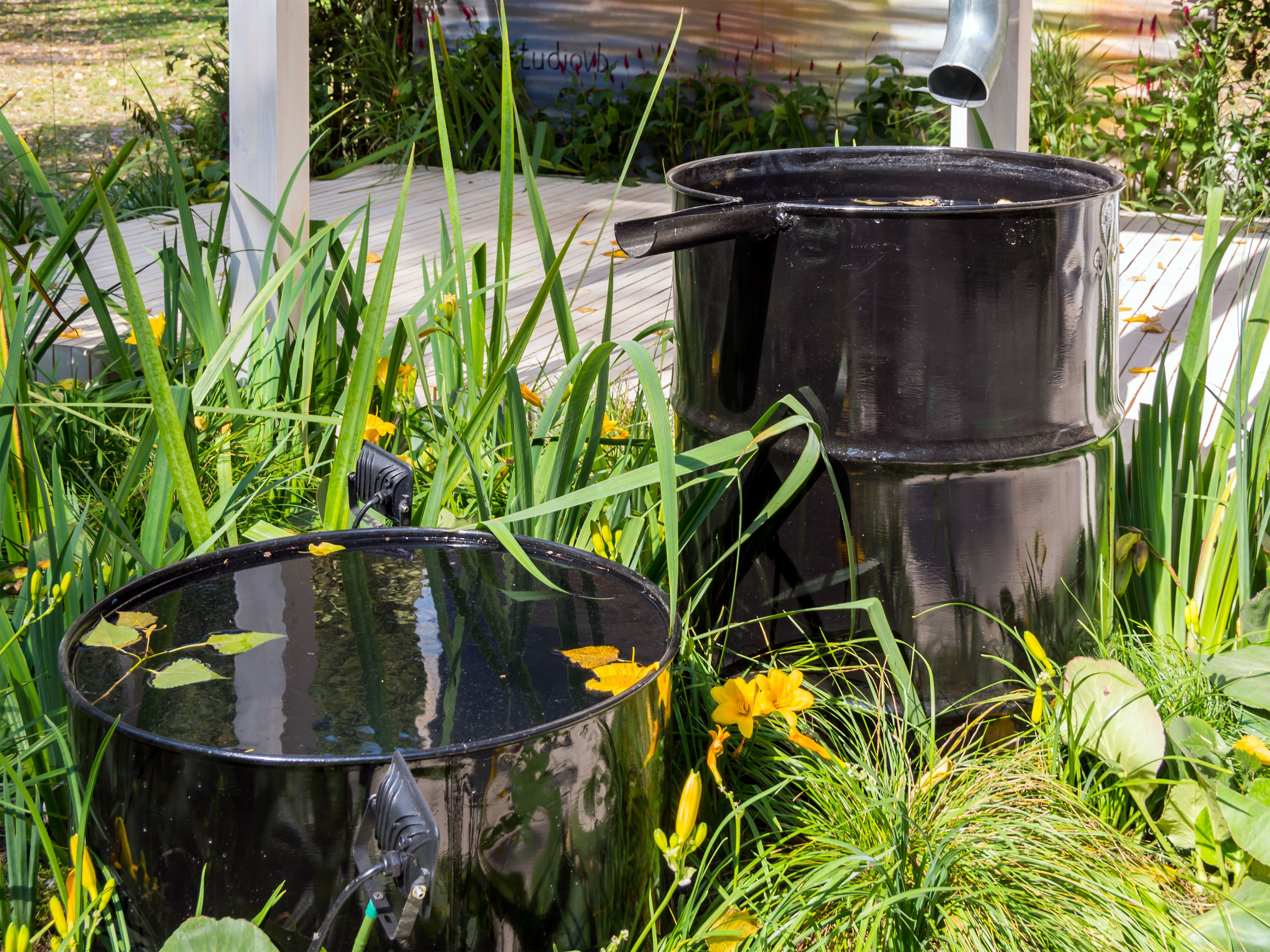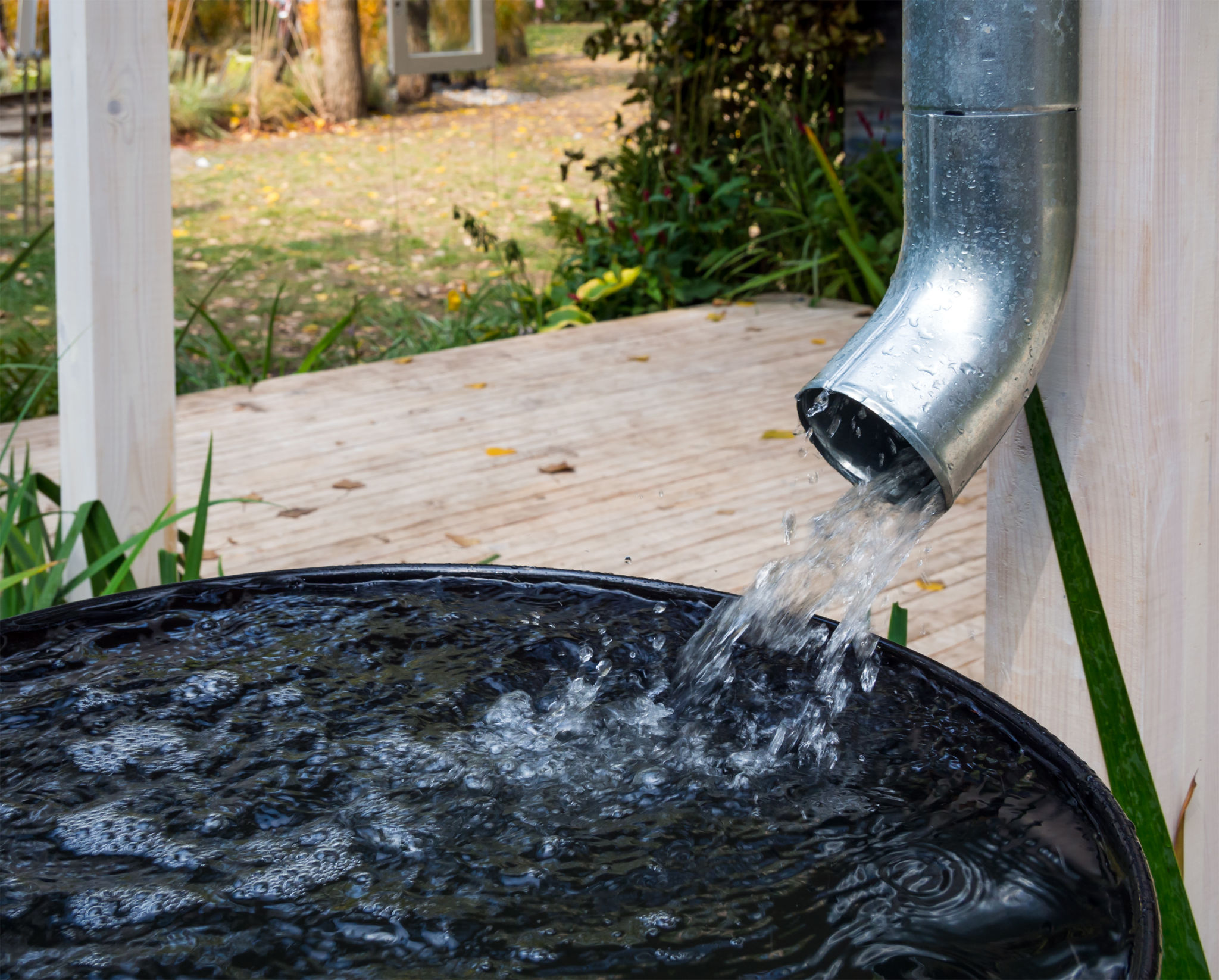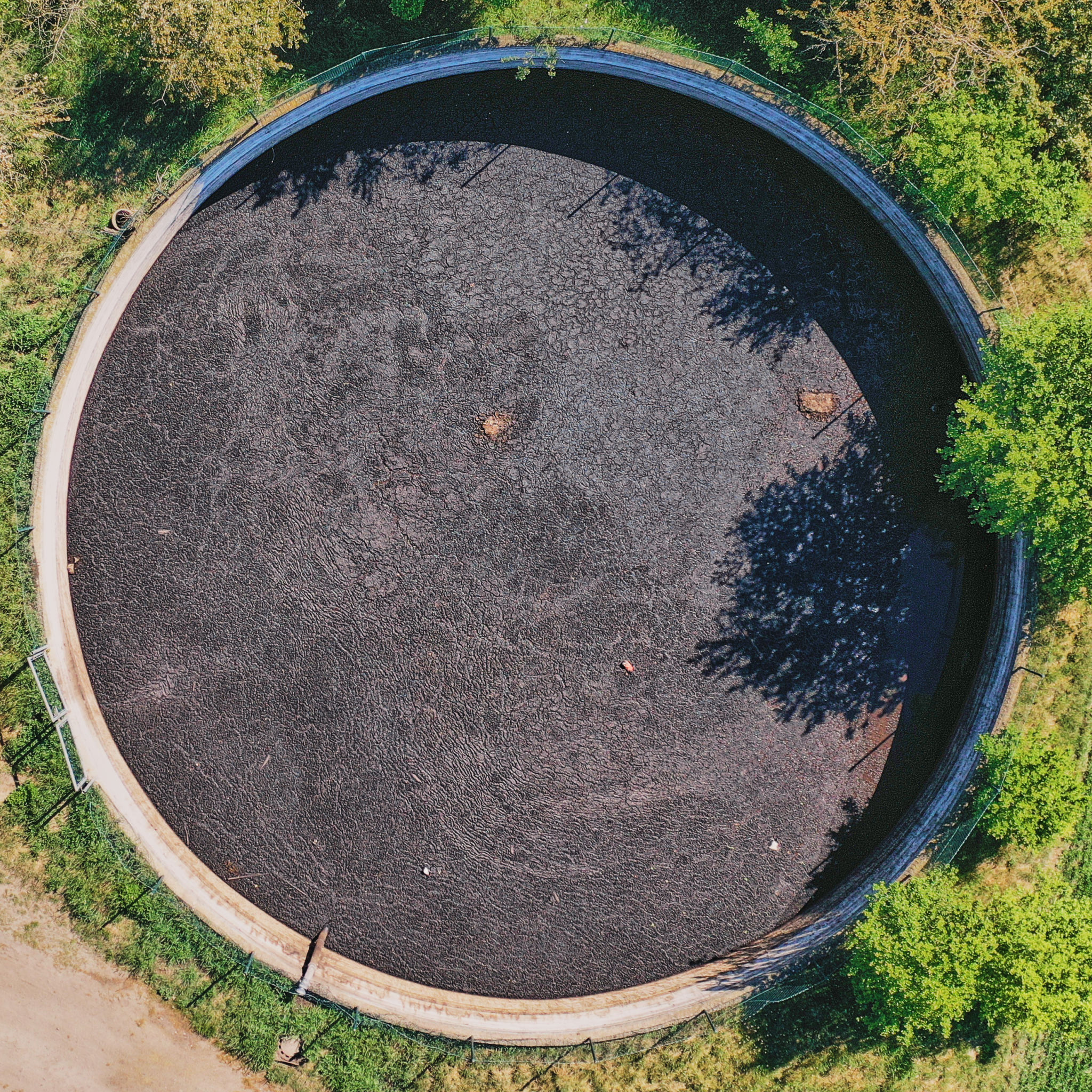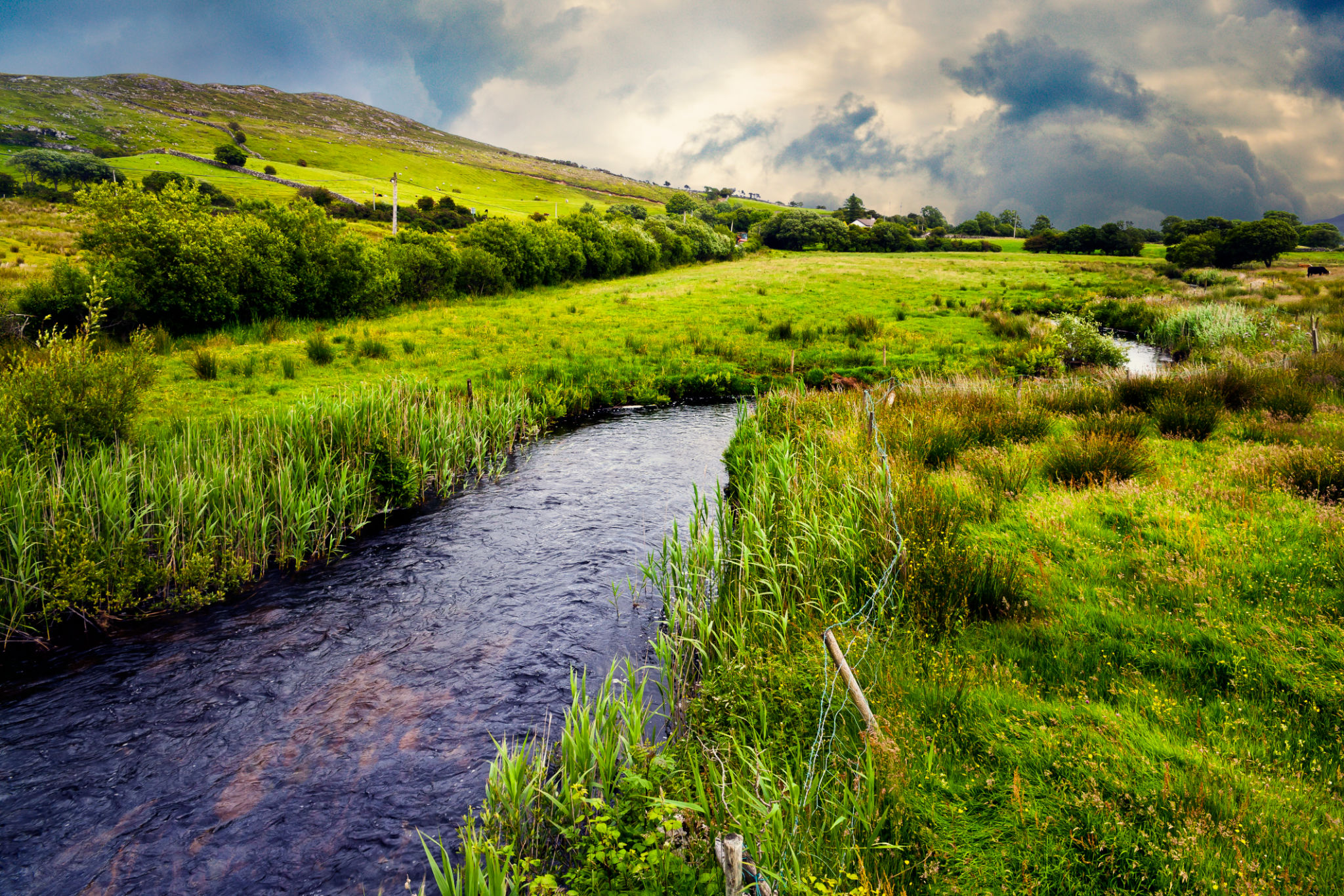Managing Farm Water: Fixing Leaks, Storing Rain, and Grants
Introduction
Most farmers have a story about water going wrong. Maybe it was a burst pipe in January that turned the yard into a skating rink. Maybe it was a dry spell in July when the troughs ran low and the pump ran hot. Or maybe it was the time you realised half your slurry tank was filled with rainwater from a broken gutter. The truth is, we don’t think much about water until we have to.
But now, with tighter rules, higher costs, and wilder weather, the way we manage water matters more than ever. And it doesn’t have to mean tearing up half the yard. Sometimes it’s the small, quiet fixes that make the biggest difference.

Leaks: The Silent Profit Killer
You know that hiss from the drinker in the corner field? Or the one trough that’s always overflowing just a little? Those things add up. A tiny hole, just 1mm, can leak more than 10,000 litres a day. That’s more than 50 dairy cows' daily intake gone to waste. If you're on mains or running a pump, you're literally pouring money into the ground.
The worst part is, half the time you don’t even notice. Pumps run longer, pressure drops, electric bills creep up, but it’s easy to miss unless you’re looking. One good habit? Turn everything off at night and check your meter in the morning. If it's moved, you've got a problem.
Fixing a ballcock or replacing a leaking pipe section might cost you €40–€80. But left alone for a season, that leak can run into the thousands, in litres and euros.

Rainwater Harvesting: Free Water Falling from the Sky
Ireland isn’t short on rain—most of us get over 1,200mm a year, some places double that. But we’re short on ways to make the most of it. A typical four-bay shed can collect around 300,000 litres of rainwater a year. That’s a serious backup during a drought, or a cost-saver if you're washing down parlours or yards.
Setting up a basic rainwater collection system doesn’t need a grant or a big investment. A few decent gutters, a filter, and a clean tank and you're away. A basic 2,000-litre IBC setup might set you back under €1,000. A buried concrete tank costs more, closer to €3,000–€5,000, but it’ll last decades and won’t freeze over in the winter.
You don’t need to plumb it into every pipe on the farm. Even just using harvested rain for yard washdowns or footbath top-ups can take pressure off your well and your pump.

Slurry: Keep the Clean Water Out
This one gets missed a lot, but it’s one of the most important. If your yard or gutters are sending clean water into your slurry tank, you’re not just wasting water, you’re wasting space, nutrients, and spreading days.
Watered-down slurry takes up more storage, spreads like soup, and costs more to shift. And every winter, tanks fill faster than they should, forcing early spreading or worse, overflow. In 2023, over 30% of inspected Irish farmyards were flagged for poor clean water separation. That’s not a small issue.
Solutions? Simple stuff. Divert gutters away from tanks. Slope yards to keep runoff out. Invest in a basic clean-water diversion chamber. These fixes can cost as little as €200, but save thousands in storage space, fines, and stress.

Grants That Actually Make a Difference
There’s no shortage of paperwork in farming, but when it comes to water infrastructure, some of those forms are worth filling.
TAMS 3 (Animal Welfare and Nutrient Storage Scheme) is the big one. It covers up to 60% of costs for things like:
- Rainwater harvesting tanks.
- Yard roofing to reduce run-off.
- Clean and dirty water separation systems.
- Extra slurry storage.
There’s also the Organic Capital Investment Scheme, which supports low-input systems with drinkers, piping, and storage.
And if you’re in a priority water catchment, LAWPRO funding might cover works that protect local water quality, things like fencing off watercourses or installing drinker systems away from streams.
Don't assume you won’t qualify. Talk to your Teagasc advisor or local DAFM office. If you're planning yard works anyway, you might be halfway to a successful application.

Future-Proofing Your Farm’s Water Supply
Even in a country that rains sideways, we’re not immune to water stress. The droughts in 2018 and again in 2022 left many farmers hauling tanks, dealing with dry wells, or watching production dip because stock didn’t have enough water. It will happen again.
Now’s the time to build resilience. That doesn’t mean a total overhaul. It could be:
- Fixing long-ignored leaks.
- Installing a backup tank or two.
- Cleaning out gutters properly before winter.
- Keeping an eye on what’s going into the slurry pit.
Water is one of the few inputs you can actually control with a bit of planning. And when it’s in short supply, everything else suffers.

Conclusion
Nobody farms well without water. It’s that simple. Whether it’s cows, crops, or clutches of hens, clean water is at the heart of every farm.
But between leaks, dilution, and poor storage, too many farms are losing it faster than they realise. The good news is: it’s fixable. With a few smart changes, and the right support, you can get ahead of the curve.
And in a world where prices keep rising, rules keep tightening, and the weather keeps shifting, that peace of mind is worth more than you think.
*By Anne Hayden MSc., Founder, The Informed Farmer Consultancy.
